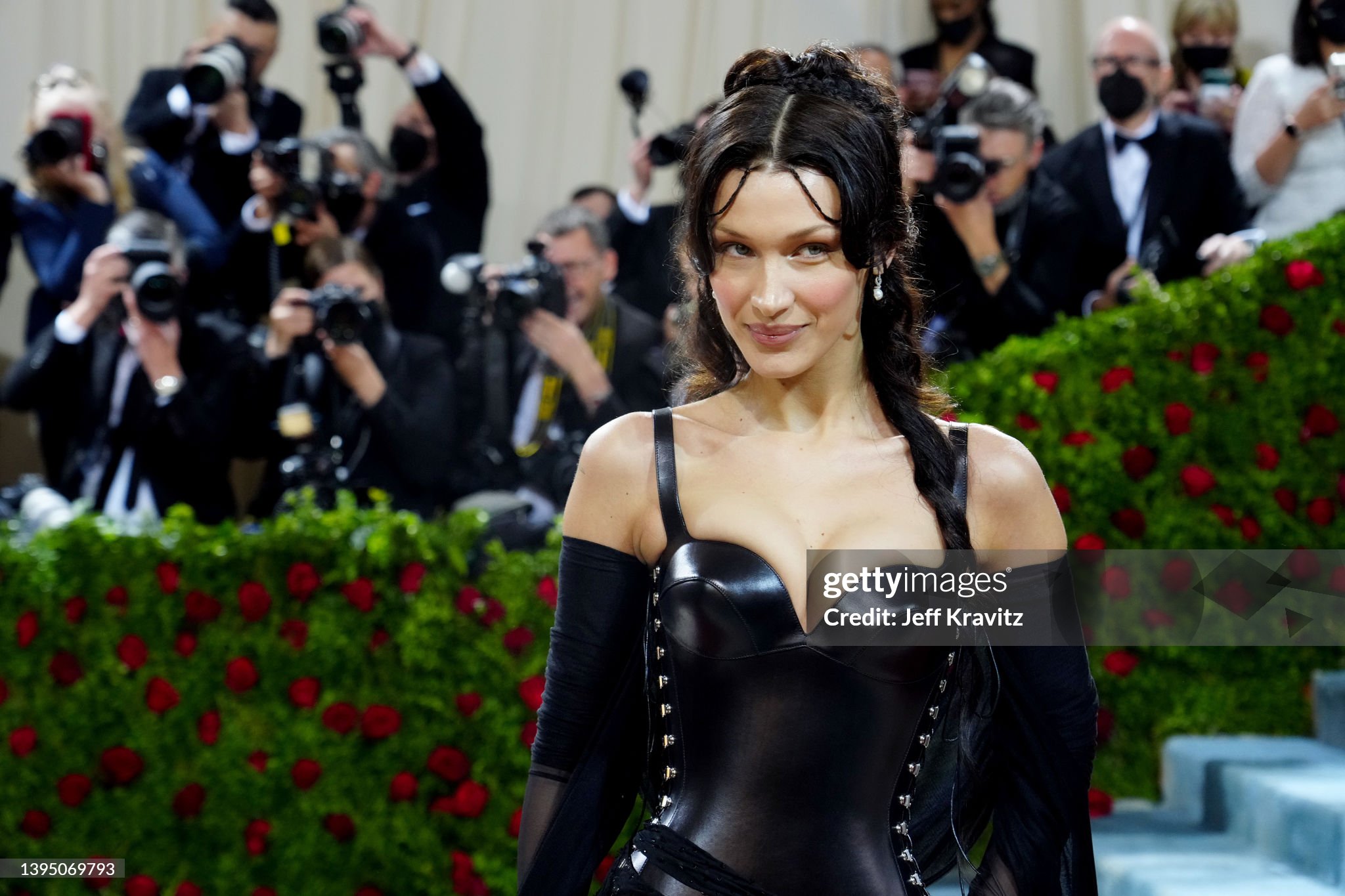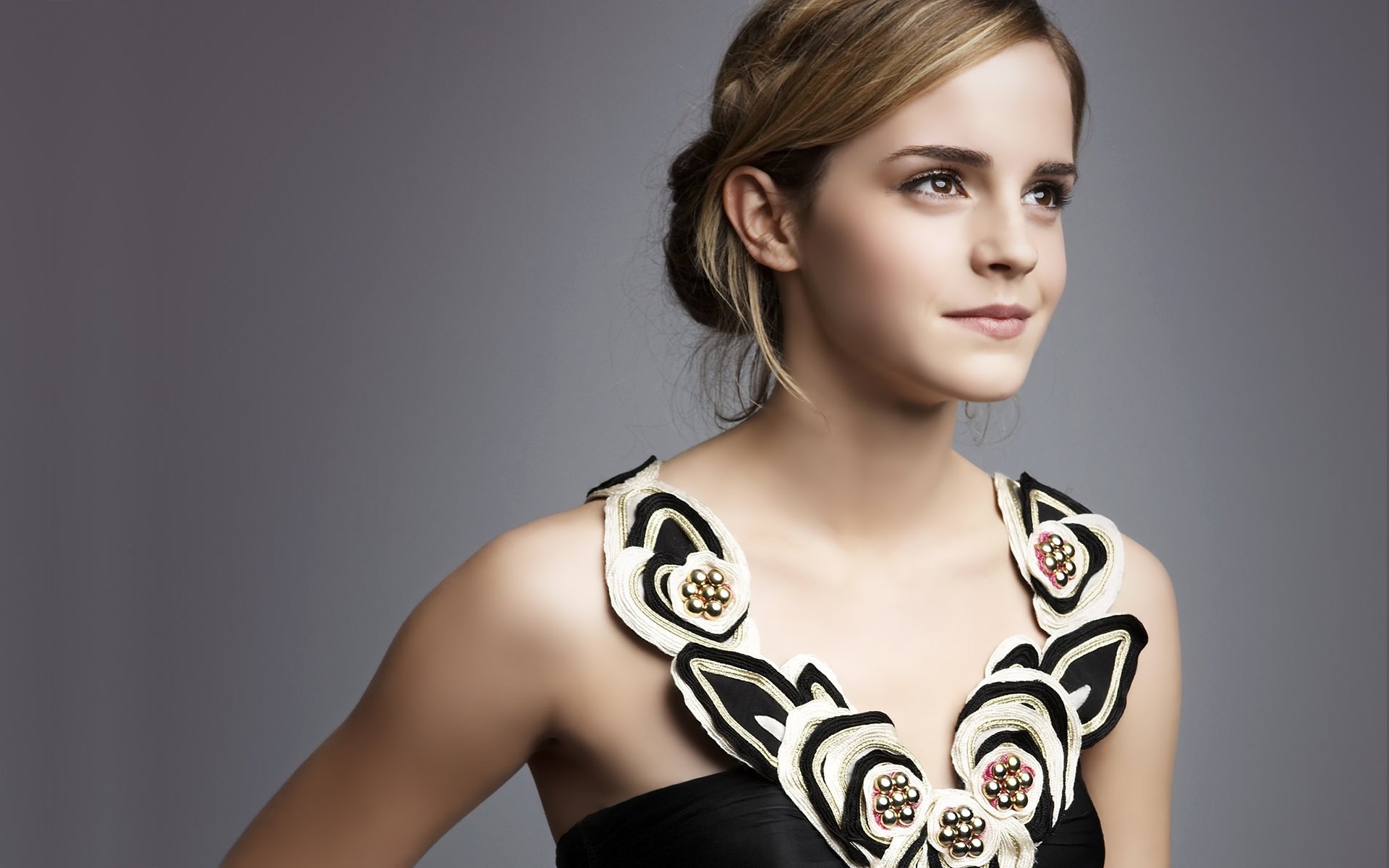
Audrey Kathleen Hepburn was an actress of British nationality. Celebrated as both a cinema and style icon, she was named by the American Film Institute as the third most iconic female star of Hollywood’s Golden Age.
She was born on May 4, 1929, in Ixelles, Belgium, and passed away on January 20, 1993, in Tolochenaz, Switzerland, at the age of 63.
She was the mother of two sons: Luca Dotti and Sean Hepburn Ferrer.
Her marriages included Andrea Dotti (1969–1982) and Mel Ferrer (1954–1968).
Among her grandchildren are Emma Kathleen Ferrer, Santiago Ferrer, and Gregorio Ferrer.
Her parents were Ella van Heemstra and Joseph Victor Anthony Ruston.
Audrey Kathleen Hepburn (born Ruston; 4 May 1929 – 20 January 1993) was a British actress. Celebrated as both a cinematic and style icon, she was named the third greatest female screen legend from the Golden Age of Hollywood by the American Film Institute. She was also inducted into the International Best Dressed Hall of Fame and belonged to a select group of performers to have received an Academy Award, an Emmy, a Grammy, and a Tony.
Read more about the Importance of Financing
Read more about the Pretiest Girl
Born in Ixelles, Brussels, to a family of aristocratic background, Hepburn spent her early years across Belgium, the United Kingdom, and the Netherlands. From 1936 to 1939, she attended a boarding school in Kent. When World War II began, she returned to the Netherlands. During the war, she trained in ballet at the Arnhem Conservatory, and by 1944, she was dancing in secret performances to support the Dutch resistance. After the war, she continued her ballet training with Sonia Gaskell in Amsterdam from 1945 and later with Marie Rambert in London starting in 1948.
Hepburn started her career in show business as a chorus dancer in West End musicals and soon took on small film roles. Her breakthrough came in 1953 with the romantic comedy Roman Holiday, in which she starred opposite Gregory Peck. That performance earned her an Academy Award, a BAFTA, and a Golden Globe — making her the first woman to win all three for the same role. That same year, she also received the Tony Award for Best Leading Actress in a Play for Ondine.
She went on to headline several acclaimed films, including Sabrina (1954) with Humphrey Bogart and William Holden, Funny Face (1957) where she performed her own singing, the dramatic The Nun’s Story (1959), the iconic Breakfast at Tiffany’s (1961), the romantic thriller Charade (1963) alongside Cary Grant, and the musical My Fair Lady (1964).
In 1967, Hepburn starred in the suspense film Wait Until Dark, a performance that earned her nominations from the Academy Awards, BAFTA, and the Golden Globes. Following that, she appeared only occasionally in films, including Robin and Marian (1976) with Sean Connery. Her final roles included Always (1989), a romantic fantasy directed by Steven Spielberg, and the 1990 documentary series Gardens of the World with Audrey Hepburn, for which she received a Primetime Emmy for Outstanding Individual Achievement in Informational Programming.
In her later years, Hepburn focused extensively on humanitarian work, particularly with UNICEF, which she had supported since 1954. Between 1988 and 1992, she traveled to impoverished areas in Africa, Asia, and South America as a UNICEF ambassador. In 1994, she was posthumously awarded a Grammy for Best Spoken Word Album for Children for her narration on Audrey Hepburn’s Enchanted Tales.
She won three BAFTAs for Best British Actress in a Leading Role. To honor her career, she was presented with several lifetime achievement awards, including one from BAFTA, the Golden Globe’s Cecil B. DeMille Award, the Screen Actors Guild Life Achievement Award, and a Special Tony Award. In December 1992, the U.S. awarded her the Presidential Medal of Freedom for her humanitarian work. Just one month later, she passed away from appendix cancer at her home in Tolochenaz, Vaud, Switzerland, at the age of 63.
Audrey Kathleen Ruston (later known as Hepburn-Ruston) was born on May 4, 1929, at 48 Rue Keyenveld in Ixelles, a district within Brussels, Belgium. Her family affectionately called her “Adriaantje.” She was brought up in the Protestant faith, which she maintained throughout her life.
A black-and-white photograph exists of Hepburn’s grandfather during his tenure as governor of Dutch Guiana.
Her maternal grandfather, Aarnoud van Heemstra, held the post of governor of the Dutch colony of Guiana.
Audrey’s mother, Baroness Ella van Heemstra (1900–1984), was a member of Dutch nobility. Ella was the daughter of Baron Aarnoud van Heemstra, who served as Arnhem’s mayor from 1910 to 1920, and later governed Dutch Guiana from 1921 to 1928. Ella’s mother was Baroness Elbrig Willemine Henriette van Asbeck (1873–1939), a descendant of Count Dirk van Hogendorp.
At the age of 19, Ella married Jonkheer Hendrik Gustaaf Adolf Quarles van Ufford, an oil executive stationed in Batavia, Dutch East Indies, where they lived together. The marriage produced two sons—Jonkheer Arnoud Robert Alexander Quarles van Ufford (1920–1979) and Jonkheer Ian Edgar Bruce Quarles van Ufford (1924–2010)—before ending in divorce in 1925.
Audrey’s father, Joseph Victor Anthony Ruston (1889–1980), was born in Auschitz, Bohemia, part of Austria-Hungary, and held British citizenship. His father, Victor John George Ruston, had both British and German-Austrian roots, while his mother, Anna Juliana Franziska Karolina Wels, came from German-Austrian heritage and was born in Kovarce. Around 1923–1924, Joseph held the role of Honorary British Consul in Semarang, Dutch East Indies. Prior to marrying Ella, he had previously been wed to Dutch heiress Cornelia Bisschop.
Joseph eventually adopted the hyphenated surname Hepburn-Ruston, likely under Ella’s influence, as he mistakenly believed he was descended from James Hepburn, the 4th Earl of Bothwell.
The couple wed in Batavia in 1926, at which time Joseph was working for a trading company. Not long after, they relocated to Europe, where he began employment with a loan firm—reportedly the tin trading company MacLaine, Watson, and Company in London. After residing in London for a year, the pair moved to Brussels, where Joseph was tasked with launching a branch office.
Between 1929 and 1932, they moved frequently among Brussels, The Hague, Arnhem, and London, before finally settling in Linkebeek, a suburb of Brussels. Audrey’s early years were marked by comfort and affluence. Her father’s work required frequent travel across multiple countries, contributing to her international upbringing.
In the 1930s, both parents became supporters and fundraisers for the British Union of Fascists (B.U.F.). Ella even met Adolf Hitler and authored pro-Hitler articles for the group. In 1935, Joseph suddenly abandoned the family following a dramatic incident in Brussels. He relocated to London, deepened his involvement in fascist causes, and never again visited Audrey abroad.
Later that same year, Ella and Audrey moved to the family estate in Arnhem, while Ella’s sons, Alex and Ian, went to live with relatives in The Hague.
Joseph wished for Audrey to be educated in the UK, so in 1937 she was sent to a private school in Elham, Kent, where she went by the name Audrey Ruston or “Little Audrey.”
The couple formally divorced in 1938.
As an adult, Audrey frequently discussed the emotional toll of being abandoned by her father, emphasizing that children require the presence of both parents. She described his desertion as the most devastating experience of her life.
In the 1960s, she managed to track him down through the Red Cross and re-established limited contact in Dublin. Although he remained distant emotionally, she supported him financially until his passing.
Following Britain’s declaration of war on Germany in September 1939, Hepburn’s mother relocated her daughter to Arnhem, hoping that the Netherlands, as in the First World War, would maintain its neutrality and avoid German aggression. While living there, Hepburn studied at the Arnhem Conservatory between 1939 and 1945. She had started taking ballet lessons during her final years at boarding school and continued her training in Arnhem under the guidance of Winja Marova, becoming her “top student”.
When the Germans invaded the Netherlands in 1940, Hepburn began using the name Edda van Heemstra, as having an English-sounding name was considered risky during the occupation. Her family was deeply impacted by the war, and Hepburn would later say, “Had we known the occupation would last five years, we might have all ended our lives. We kept thinking it might end the following week… in six months… next year… that hope is what kept us going.”
In 1942, her uncle, Otto van Limburg Stirum — the husband of her mother’s elder sister, Miesje — was executed in retaliation for a resistance act, despite not being directly involved. He was chosen due to his family’s high social standing. This tragedy significantly altered the views of Hepburn’s mother, who had previously shown sympathy toward Nazi ideologies. Hepburn’s half-brother Ian was sent to Berlin for forced labor, while her other half-brother, Alex, went into hiding to avoid the same fate.
“We saw young men lined up and executed; they’d block the streets, then reopen them, and life would resume… Whatever terrible things you hear or read about the Nazis — believe me, it was worse,” Hepburn recounted about that time.
After Otto’s death, Hepburn, her mother Ella, and aunt Miesje moved from Arnhem to nearby Velp to live with her grandfather, Baron Aarnoud van Heemstra. During that period, Hepburn performed silent dance shows, reportedly to raise funds for the Dutch resistance. Although it was long believed that she was directly involved with the resistance, a 2016 report by the Airborne Museum ‘Hartenstein’ stated that no solid evidence of this had been found. However, Robert Matzen’s 2019 book cited Hepburn’s own remarks suggesting she supported the resistance by performing secret concerts to raise money, distributing underground newspapers, and delivering supplies and messages to Allied pilots hiding in the forests near Velp. She also volunteered in a hospital central to resistance efforts and mentioned that her family temporarily sheltered a British paratrooper during the Battle of Arnhem. Matzen further asserted that Hepburn helped deliver communications to the resistance, including to downed British troops.
Among other harrowing experiences, Hepburn witnessed the deportation of Dutch Jews to concentration camps. She later recalled, “More than once I stood at the station watching trains filled with Jews depart — their faces peering over the wagon edges. One image is particularly vivid: a very pale, blond little boy in an oversized coat, standing with his parents. I watched him step onto the train. I was a child watching another child.”
Following the D-Day landings, conditions in the Netherlands deteriorated sharply, and Arnhem was devastated during Operation Market Garden. During the harsh winter of 1944–45, known as the Dutch Hunger Winter, German forces cut off or limited food and fuel to the population as punishment for railway strikes aimed at hindering their control. Like many others, Hepburn’s family ground tulip bulbs into flour to make cakes and biscuits as a carbohydrate source. Dutch physicians circulated recipes using tulip bulbs to help civilians survive. Malnutrition left Hepburn severely ill after the war, suffering from jaundice, anemia, swelling, and a respiratory illness. In October 1945, Ella’s plea for assistance reached Micky Burn, a British officer and former lover with whom she had exchanged letters while he was imprisoned in Colditz Castle. Burn responded by sending thousands of cigarettes, which Ella traded on the black market for the penicillin that saved Audrey’s life.
The Van Heemstra family’s financial status declined considerably during the occupation, with many of their estates, including their main residence in Arnhem, either damaged or destroyed.
Following the conclusion of World War II in 1945, Hepburn relocated to Amsterdam with her mother and siblings. There, she began studying ballet under the guidance of Sonia Gaskell, a prominent figure in Dutch ballet, as well as Russian instructor Olga Tarasova. With the family’s wealth depleted, her mother Ella took on work as a cook and housekeeper for a wealthy household to provide for them. Hepburn’s first appearance on film came in Dutch in Seven Lessons (1948), an educational travel short directed by Charles van der Linden and Henry Josephson, in which she portrayed an airline stewardess.
Later that same year, she moved to London after earning a ballet scholarship to Ballet Rambert, located in Notting Hill at the time. To support herself, she worked part-time as a model and dropped “Ruston” from her surname. After being informed by Ballet Rambert that her physical limitations, due to her wartime malnutrition and height, would hinder her chances of becoming a prima ballerina, she shifted her focus to acting. While Ella continued to do basic jobs to help support the family, Hepburn performed as a chorus girl in West End musicals such as High Button Shoes (1948) at the London Hippodrome, as well as Sauce Tartare (1949) and Sauce Piquante (1950) at the Cambridge Theatre. In 1950, she also danced in the ambitious nightclub revue Summer Nights at Ciro’s in London.
During this time, she took voice lessons from actor Felix Aylmer to improve her speech. While she was performing in Sauce Piquante, Ealing Studios’ casting director Margaret Harper-Nelson noticed her talent, leading to her registration as a freelance actress with the Associated British Picture Corporation (ABPC). She appeared in the BBC television drama The Silent Village, and had small roles in several films released in 1951: One Wild Oat, Laughter in Paradise, Young Wives’ Tale, and The Lavender Hill Mob. Her first significant supporting part came in Thorold Dickinson’s Secret People (1952), in which she played a gifted young ballerina and performed all her own dance scenes.
Soon after, she was cast in a minor role in the bilingual movie Monte Carlo Baby (Nous Irons à Monte Carlo, 1952), shot in Monte Carlo. By chance, the French author Colette was staying at the Hôtel de Paris during filming, and upon seeing Hepburn, chose her for the lead in the Broadway production of Gigi. Despite having no prior stage-speaking experience, Hepburn entered rehearsals with the help of private coaching. When Gigi premiered at the Fulton Theatre on 24 November 1951, critics praised her performance, even though the stage version received less favorable comparisons to the French film. Life magazine called her a “hit,” while The New York Times noted that her charm and suitability made her the standout of the show. She was honored with a Theatre World Award for her work. The play ran for 219 performances until it closed on 31 May 1952, followed by a tour starting on 13 October 1952 in Pittsburgh and continuing through cities such as Cleveland, Chicago, Detroit, Washington, D.C., and Los Angeles, ending in San Francisco on 16 May 1953.





